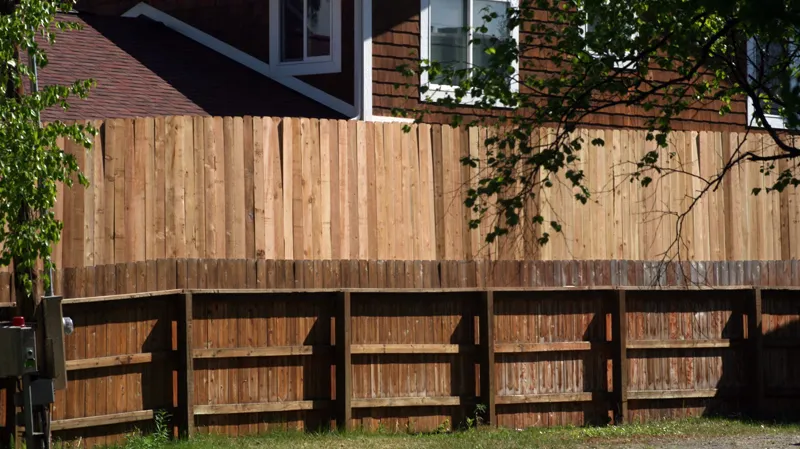When Good Fences Don’t Make Good Neighbors
We’ve all heard the phrase “good fences make good neighbors,” but in real life, fences often cause more conflict than comfort. Boundary disputes are one of the most common legal headaches homeowners face, particularly in densely populated or suburban neighborhoods where space is limited, and property lines are tight.
Whether it’s a misplaced fence, a hedge growing over the line, or an extension built too close to your wall, these disputes can spiral quickly into expensive legal fights. This article dives deep into the causes of boundary disputes, how to resolve them, and the legal steps you can take to protect your property rights.

What Is a Boundary Dispute?
A boundary dispute occurs when two neighboring property owners disagree on the location of the dividing line between their properties. These conflicts often involve:
- Fences or walls built beyond or over the property line
- Trees or landscaping that cross the boundary
- Encroaching structures such as garages, sheds, or driveways
- Discrepancies between deed descriptions and physical landmarks
Boundary disputes can be civil or legal in nature. Some are resolved with a handshake, while others require court intervention and professional land surveys.
Why Do These Disputes Happen?
There are several common reasons why property boundaries become contested:
| Cause | Explanation |
|---|---|
| Poorly Marked Boundaries | Old or missing boundary markers lead to confusion over where one property ends and another begins. |
| Errors in Deeds | Legal documents may contain inaccurate or vague descriptions of property lines. |
| Long-Term Encroachment | A neighbor uses land beyond their boundary line for years, possibly leading to a claim of adverse possession. |
| Disagreements After Construction | Structures like fences or sheds are built without confirming the legal property line. |
How to Resolve a Boundary Dispute Peacefully
1. Open a Friendly Dialogue
The best first step is simply to talk with your neighbor. They may not even realize they’ve crossed a line—literally. A respectful conversation can often resolve misunderstandings without lawyers involved.
2. Review Your Property Deed
Your deed contains the legal description of your property boundaries. Review it for detailed measurements and directions—often described in feet and compass degrees.
3. Hire a Professional Land Surveyor
A land surveyor uses GPS and historical records to determine the exact property lines. Their findings are legally recognized and can be used in court if needed.
4. Consider Mediation
If the dispute escalates, mediation provides a neutral third party to help both sides reach an agreement. It’s faster and cheaper than going to court.
5. Take Legal Action (as a Last Resort)
If all else fails, a boundary lawsuit (also called a “quiet title action”) may be required. The court will examine evidence and make a binding decision on where the true line lies.
Important Legal Terms to Know
- Encroachment: When a neighbor builds or places something on your land without permission.
- Adverse Possession: A legal doctrine allowing someone to claim ownership of land if they’ve used it openly and continuously for a set period (varies by state).
- Easement by Necessity: A right to cross neighboring land if there’s no other legal access to your own.
Tips for Preventing Boundary Disputes
Before You Build:
- Always get a professional survey before building fences, sheds, or driveways.
- Talk with your neighbors before starting any construction close to the property line.
- Apply for permits if required—some jurisdictions demand inspections for fence installations.
When Buying a Home:
- Ask for a recent survey during the closing process.
- Check for any known encroachments or boundary-related legal issues.
- Clarify any vague property descriptions in the deed before signing.
Conclusion
Boundary disputes are more than simple property issues—they affect relationships, finances, and peace of mind. While it’s tempting to go straight to legal action, many conflicts can be resolved with conversation, proper documentation, and professional guidance. The key is to stay informed, act early, and protect your property without escalating the situation. A clear understanding of your rights and a calm approach can turn a property conflict into a manageable challenge—and maybe even preserve a neighborly friendship in the process.